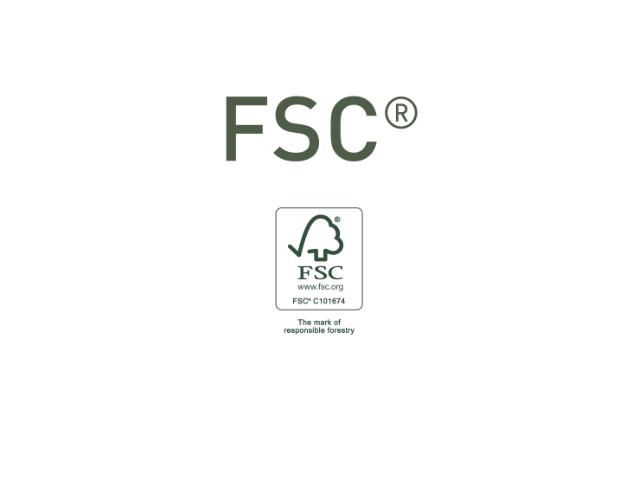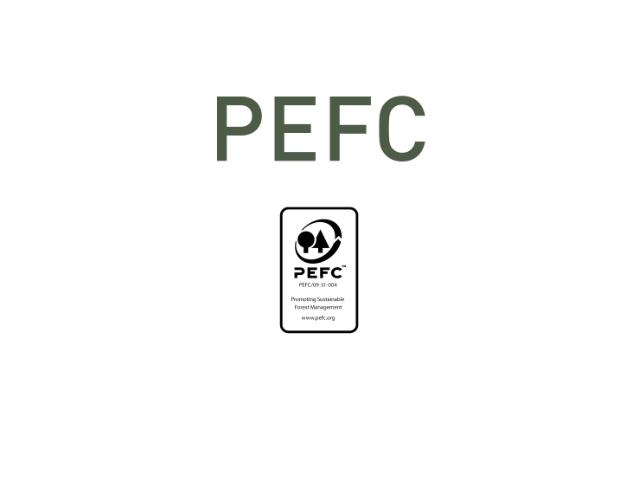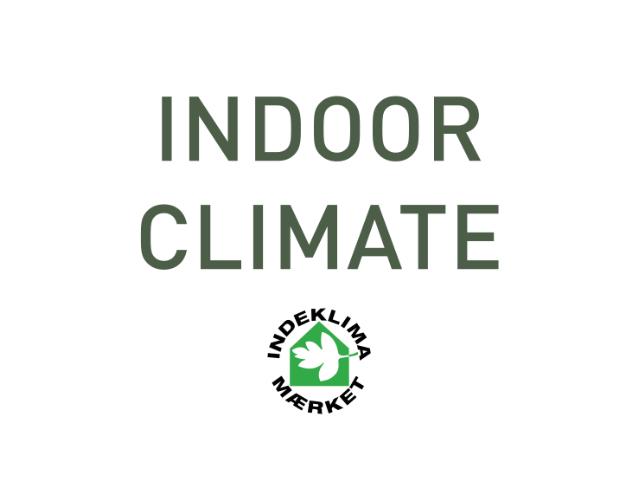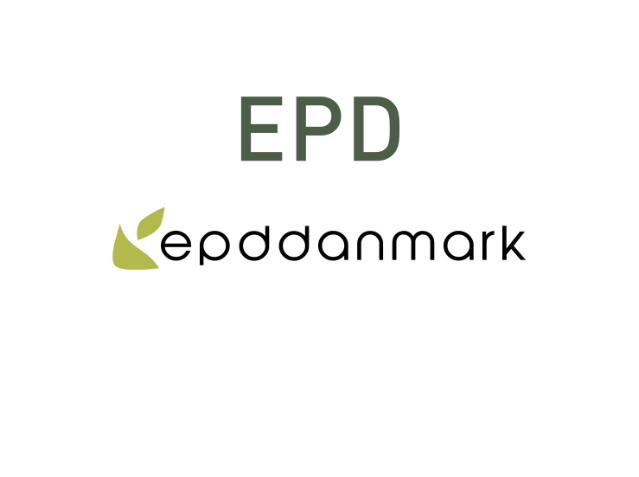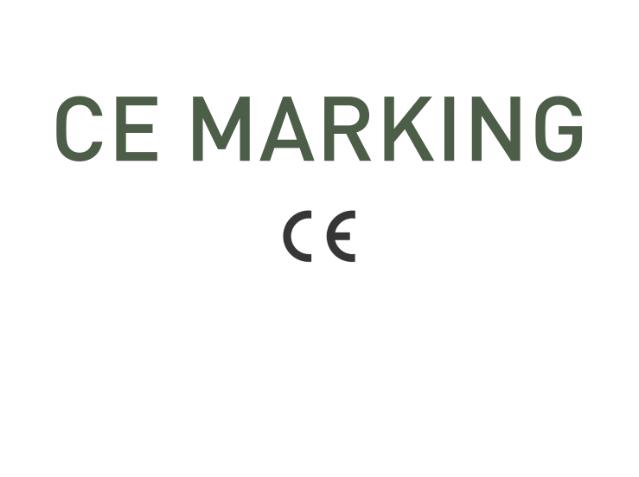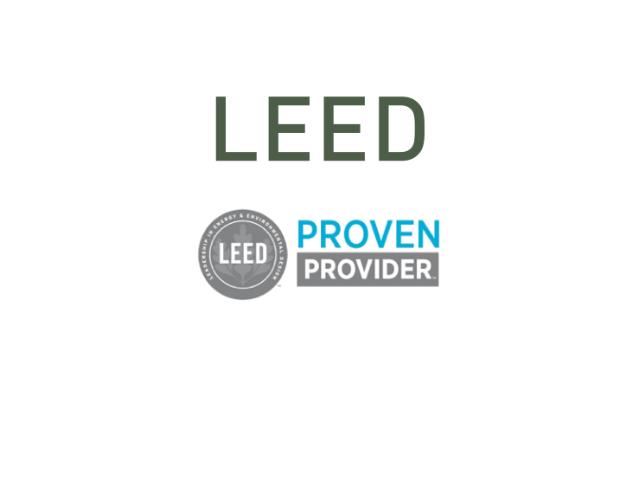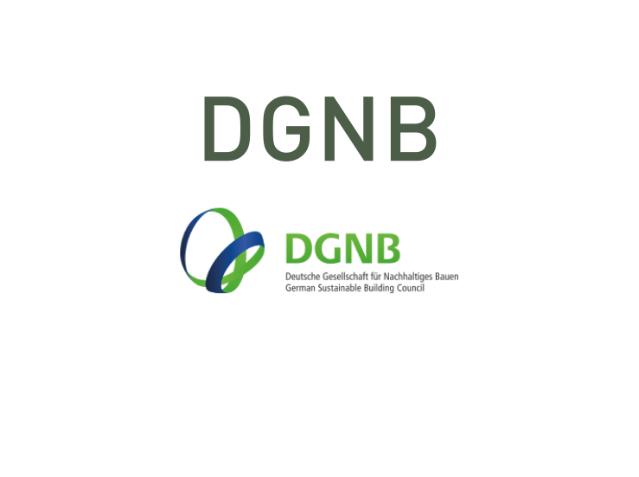THE JUNCKERS CARBON CALCULATOR
Junckers Carbon Calculator tool is a quick and easy way to compare the global warming potential (GWP) and embodied carbon levels of a number of commonly specified floor types. Our Carbon Calculator provides a method to compare different flooring solutions based on carbon emissions from each product's initial production phase (A1-A3).
What are we comparing?
The results in our Carbon Calculator are based on EPDs of the specific products used in the tool. We compare the first three phases of the products' life cycle analysis: Extraction and processing of raw materials; Transport to the production site; and Manufacturing processes. There is currently a discepency in how other stages in an EDP are listed, making a direct comparison impossible. In the future, we aim to include more stages in the life cycle to make the comparrison more precise. Carbon foortprint comparison of different flooring options based on cradle-to-gate data from EPDs. This includes stages A1: Extraction and processing of raw materials, A2: Transport to the production site and A3: Manufacturing processes.
THE DRIVE FOR NET ZERO CARBON BUILDINGS IS STRONG
Globally the UN Intergovernmental Panel on climate change and the Paris Agreement aim to cut greenhouse gas emissions by 45% by 2030. Such initiatives requires architects, contractors, self-builders as well as private customers to specify products with low embodied carbon.
To assess a product’s effect upon global warming you need to know the product’s global warming potential (GWP). This is achieved by measuring all greenhouse gases in the material, including carbon dioxide, and expressing this as a “carbon dioxide equivalent”, CO2e. The greenhouse gases that are generated by extracting, transporting and processing of raw materials, and manufacturing the finished product are used to calculate the product’s GWP, and this is included in the product’s Environmental Product Declaration (EPD).
The Junckers carbon calculator uses publicly available data and draws a simple picture of which materials we can use with no or little worry and those we should leave out if we want to build a greener world.
HOW DID WE WORK IT OUT?
We hope you find our carbon footprint calculator useful. Please see below for more information. If you do not find the answer you are looking for, please get in touch.
WHAT IS THE CARBON CALCULATOR AND WHY DID JUNCKERS DEVELOP IT? add
Our Carbon Calculator is intended to help you compare the carbon footprint of different flooring solutions. The calculator tool is designed for architects, contractors, self-builders as well as homeowners with the aim to highlight the CO2e (carbon dioxide equivalent) impact of different materials.
Junckers aims to make wood a first-choice material - it has so many benefits if sourced and manged properly. Renewability: Wood is a renewable resource, meaning it can be replenished naturally over time. Sustainable forestry practices ensure trees are replanted and forests are maintained. Carbon Sequestration: Trees absorb carbon dioxide from the atmosphere as they grow, storing it in their biomass. This helps mitigate climate change by reducing greenhouse gases. Energy Efficiency: The production and processing of wood typically require less energy compared to other building materials such as steel or concrete. This results in lower carbon emissions during manufacturing.
WHAT DO YOU MEAN BY ‘CARBON FOOTPRINT' AND WHAT IS CO2e? add
CO2e, or carbon dioxide equivalent, is a way of measuring the impact of different greenhouse gases on global warming. It takes into account that some gases, like methane or nitrous oxide, are much more effective at trapping heat in the atmosphere than carbon dioxide. By converting the impact of these gases to the equivalent amount of CO2, we get a single number that represents their overall contribution to global warming, making it easier to compare and manage them.
To calculate the footprint for each floor type we used publicly available data based on Environmental Product Declarations (EPDs). An EPD is an independently verified and registered document that communicates not only what a product is made of, but the manufacturing process and its impact on the environment. The results for the Carbon Calculator tool are based upon data from specific EPDs that measure the global warming potential (GWP) for the products, rather than using generic or theoretical data. Data is taken from the raw material and manufacturing stages for each product.
Our Carbon Calculator is based on the following list of EPDs and data from cradle-to-gate, including product stage A1: Extraction and processing of raw materials, A2: Transport to the production site and A3: Manufacturing processes
Results for Group 13 and 14 (22mm Beech, Ash, and Maple 2-strip flooring; lacquer 1 and 2 surface treatment)
- Plank: No.: MD-19008-EN. ECO EPD: 00001140. Issued: 28-02-2020, variant 20.5mm Oak (Oak 20,5 x 185mm)
- Engineered: No.: S-P-01509. ECO EPD: 00000906. Issued: 23-07-2020, variant 22mm oak
- Carpet: No.: S-P-01825. Issued: 2020-02-03, variant 6.5mm tiles
- Vinyl: No.: S-P-01350 - iD Inspiration Click Solid and iD Inspiration Click High Traffic from TARKETT
- Laminate: No.: EPD-SCP-20200238-IBC1-DE. Issue date 2020-12-01, variant 8mm panels
- Thin-set Epoxy Terrazzo Flooring System: EPD10317 Issued: 20-12-2019, TRACI Results
WHAT IS GLOBAL WARMING POTENTIAL (GWP)? add
GWP, or Global Warming Potential, is a measure of how much heat a greenhouse gas traps in the atmosphere over a specific period, usually 100 years, compared to carbon dioxide (CO2). It helps us understand and compare the impact of different gases on global warming. For example, if a gas has a GWP of 25, it means that over 100 years, one tonne of that gas would warm the Earth 25 times more than one tonne of CO2.
Junckers solid hardwood floors provide the greatest reduction in carbon levels among all the floor types shown in the Carbon Calculator. But there is more to consider. Even though engineered and laminate floors are carbon negative, their lifespan is significantly less than that of solid hardwood floors, thereby placing a greater burden upon raw material resources and disposal. Floor types such as carpet, vinyl and LVT not only add carbon to the atmosphere, their lifespans are also shorter than solid hardwood. Many manufacturers use carbon offsettting in their sustainability policies, and often their products cannot effectively be recycled.
WHY DO SOME PRODUCTS HAVE A NEGATIVE CO2/M2 (GWP) VALUE? add
Products based on natural raw materials such as wood are made by the natural process called photosynthesis, based on three very simple building blocks: water from the earth (H2O), carbon dioxide from the air (CO2) and light from the sun. The growth of a tree requires nothing but natural processes.
At the same time, wood absorbs CO2, i.e. removes CO2 from the atmosphere, and although greenhouse gas emissions must be added for wood cutting, transportation to the factory and production processes, a finished product, considered from cradle to gate, can in some cases remove more CO2 from the air than it emits. This means that the CO2 value will be negative. However, it is important to remember that it is currently only the first stages of the product life cycle that are included in the calculations. If end of life values were to be included, the result would be different depending on whether the wood would be burned for energy recovery or reused elsewere.
MORE REASONS WHY SOLID HARDWOOD FLOORING IS THE MOST SUSTAINABLE CHOICE
Even though Junckers has always been ahead of its time in caring for the environment, having the right company policies and practices is not enough. We recognise the need to provide independent evidence to clients and designers. We have achieved independent accreditation by a number of international schemes including FSC®, PEFC™ and ISO 14001. We have also had independent product testing carried out for VOCs and our products' effect on indoor environment under CDPH standards and the Danish Indoor Climate Label scheme and have completed EPDs (Environmental Product Declarations) for our floors. These certificates are an important tool for designers who are designing buildings to the high environmental standards required under BREEAM, LEED, WELL and DGNB schemes.

